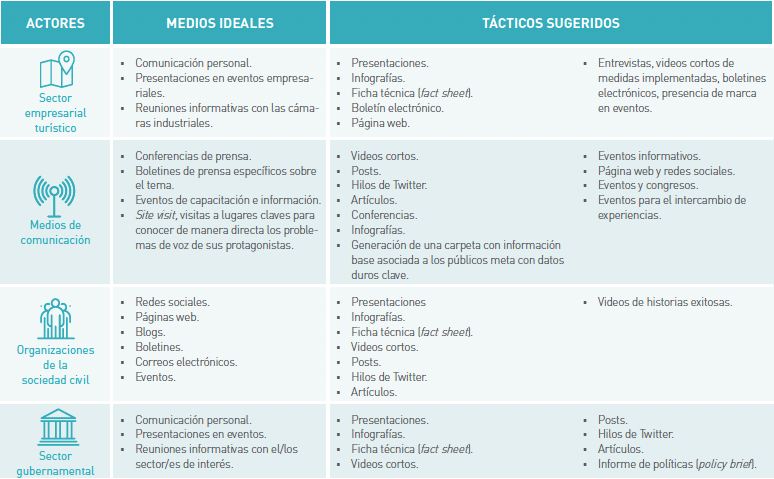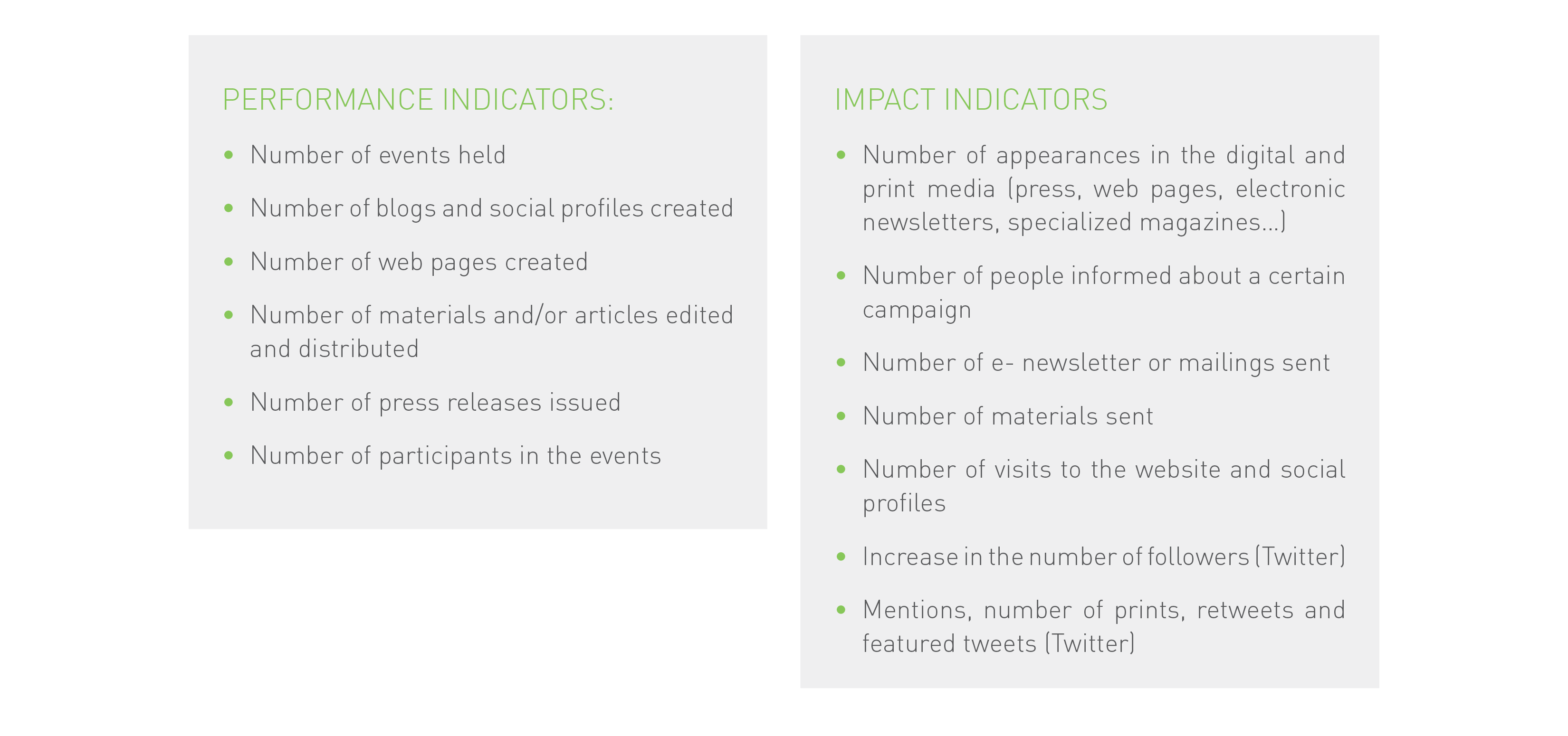Goal-oriented content production
Goal-oriented content production
The strategic approach allows us to produce materials and the development of communication actions to be oriented towards a specific objective.
The production phase is the longest stage in the implementation of the action plan. During its development, it is important not to lose track of the planned actions.
In addition, it is essential to keep a flexible eye on our work schedule. On many occasions, changes in the context can force us to modify the path we had originally traced.
In this article, we review some tips on creating different types of content:
Video storytelling
Written content
Writing messages is a complex matter that requires initial reflection. Unlike oral language, writing allows us to review the content as many times as we need.
It is important to consider that the first draft is exactly that: a draft, an exercise that allows you to identify errors, organize ideas hierarchically, and check the clarity of what you want to communicate. For clear, direct, assertive, sensitive and correct text, we suggest:
- Write short and precise sentences. If it is possible to delete a sentence without taking away the meaning of what you want to communicate, goa head and delete it.
- Use accessible language (communication is meant for sharing). Explain technicalities and concepts with simple words, examples and references to the target audience’s specific context.
- Tell an emotional, realistic, hopeful and motivating story.
- Explain the process: the before, the present and the opportunity.
- Use lists (bullets) for specific content. This way, reading the message will be easier and more effective.
- Record figures to highlight and specify results and impacts.
- Follow the inverted pyramid. In other words: place the most important information in the first paragraph, focused on the audience’s topics of interest.
- Use active verbs. They are more direct, powerful and clear: Who is doing what?
- Include reading levels in order to highlight relevant information.
- Relate the contents to the target audience’s interests.
Digital content
Social networks and the Internet are essential means to reach various target audiences. In addition, they are cheaper channels to start executing actions.
For the digital strategy of your project to work, we advise you:
- Identify the channels that work with the various target audiences. Do not the use of certain social networks take for granted: use the diagnosis phase to check if they work.
- Keep a constant strategy. We recommended you avoid sporadic campaigns.
- Create and follow a specific graphic pattern. It is important that it attracts your target audience’s attention.
- Create differentiated strategies according to the channels and target audiences. All of them must respond to the main objective.
- Make alliances with influencers and opinion leaders.
Examples of tactics in ADAPTUR
The following table shows the tactics and means that we used in the project in order to reach different target audiences:
Download our template to complete the actors, tactics and media for your project:


